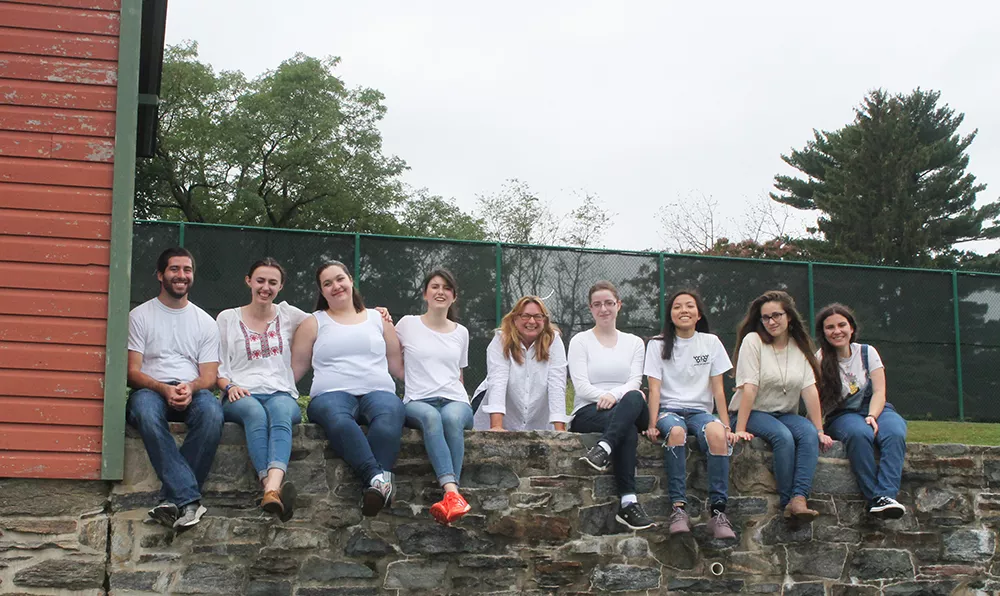Sharon Burgmayer

Department/Subdepartment
Education
Postdoctoral research: Exxon Corporate Research.
Ph.D., University of North Carolina.
B.S., Heidelberg College.
Areas of Focus
Inorganic and bioinorganic chemistry
Website: Burgmayer Lab
Biography
Burgmayer Research Group
Research in the Burgmayer labs involves two areas of bioinorganic chemistry.
One project is focused on modeling the catalytic site of the molybdenum enzymes. These enzymes are widely distributed throughout Nature where they perform redox reactions critical to the health of organisms spanning bacteria to humans. The catalyltic unit—the molybdenum cofactor—has several redox active parts: the dithiolene, the pterin in addition to the molydenum. Both the metal and the pterin have a rich and complicated redox reactivity in the absence of the protein coat and this fact underlies many of our projects concerned with questions of how metals and pterins behave in redox reactions.
A second project involves the study of ruthenium complexes that bind and can damage DNA.
These projects involve both inorganic and organic syntheses, many of which are performed under inert atmosphere environments. Chemical reactivity is studied by spectroscopic analysis,such as FT-NMR, FT-IR, UV-vis, and fluorescence,kinetic studies, and electrochemical characterization, and all conducted in the Bryn Mawr chemistry department.
Certain projects require other techniques, such as structure determination by x-ray crystallography, EPR or MCD, are accomplished through collaborations with researchers at other institutions.
